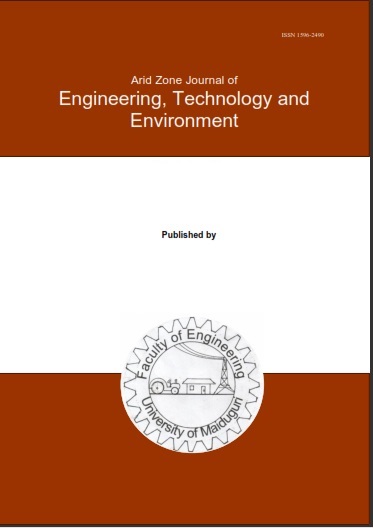Abstract
Climate change impact on water resources is becoming a global challenge with persistent escalation of threating weather and changes in precipitation patterns. The study evaluates the extreme impacts of climate change in Vaal River in South Africa. The channel of Vaal River is an area with a critical water resource which supports agricultural, industrial and domestic activities. A three-decade dataset (1993-2023) of precipitation, temperature, streamflow, combined with surface water changes was engaged to examine climate impact on Vaal River water resources. Modified Normalized Difference Water Index (MNDWI) derived from Landsat-5 (1994–2012) and Landsat-8 (2013-2023) imagery on the Google Earth Platform (GEE) was also used to examine the seasonal water stress and availability. The results revealed increasing temperatures and irregular precipitation which are indications of climate altering condition resulting to decreased surface water coverage especially during dry seasons. MNDWI result records a fluctuating value indicating variations in both seasons. Further result revealed weak correlation between precipitation and streamflow, driven by anthropogenic regulations and land use, The MNDWI wet season's linear trendline showed a positive slope of 0.0046 and R² value of 0.26 suggesting water availability over time. Similarly, polynomial trendline for the MNDWI dry season equally shows a moderate coefficient R² value 0.38 Adaptive strategies, including Integrated Water Resource Management (IWRM) and advanced monitoring systems that will include stakeholders, planners and policy makers at all levels are recommended to mitigate these impacts. More effort should be channeled towards sustainable solutions such as tree planting, tree box filter and afforestation practices to reduce the effect of climate change on water resources.

This work is licensed under a Creative Commons Attribution-NonCommercial-NoDerivatives 4.0 International License.
Copyright (c) 2025 ARID ZONE JOURNAL OF ENGINEERING, TECHNOLOGY AND ENVIRONMENT

